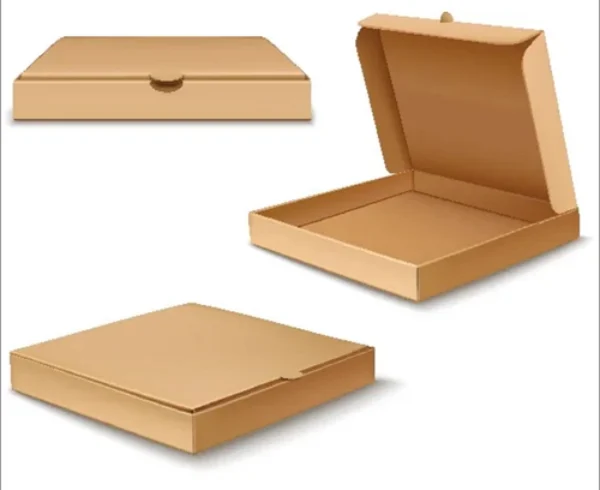Things to Keep in Mind While Transporting Flower and Plant Packaging

When it comes to transporting flowers and plants, proper packaging is crucial to ensure their safety and freshness throughout the journey. Here are some important things to keep in mind while packaging and transporting flowers and plants:
Choose the Right Packaging Materials
- Boxes: Use sturdy, corrugated cardboard boxes that can withstand the weight and provide protection against external factors.
- Inserts: Consider using inserts like foam or cardboard dividers to prevent movement and protect delicate blooms.
- Wrapping: Use breathable wrapping materials like waxed paper or tissue paper to prevent excess moisture buildup.
Ensure Proper Ventilation
- Flowers and plants require adequate ventilation during transportation to maintain their freshness. Avoid using airtight packaging that can cause condensation and accelerate decay.
- If using plastic bags or sleeves, ensure they have small perforations to allow air circulation.
Secure the Packaging
- Use strong packing tape to seal the boxes securely. Reinforce the seams and edges to prevent any accidental openings during transit.
- Label the packages clearly with “Fragile” or “Live Plants” to alert handlers to handle them with care.
Consider Temperature Control
- Flowers and plants are sensitive to temperature fluctuations. If transporting in extreme weather conditions, consider using insulated packaging or temperature-controlled containers.
- Include ice packs or heat packs, depending on the weather, to maintain an optimal temperature inside the packaging.
Protect Against Water Damage
- Avoid excessive moisture that can lead to rotting or wilting. Wrap the base of the stems with a damp cloth or paper towel and secure it with a rubber band to keep the flowers hydrated without soaking them.
- If transporting potted plants, ensure proper drainage to prevent waterlogging during transit.

Cushioning and Support
- Use cushioning materials like bubble wrap or packing peanuts to provide a protective layer around the flowers and plants.
- Fill any empty spaces in the packaging to minimize movement and prevent damage. This is particularly important for delicate blooms or tall plants that can topple over.
Separate Fragile and Delicate Flowers
- If transporting a mix of flowers, separate the delicate and fragile ones from the sturdier varieties. This prevents crushing or bruising during transit.
- Wrap fragile blooms individually with tissue paper or bubble wrap and secure them in place to minimize movement.
Minimize Sun Exposure
- Direct sunlight can cause wilting and heat stress. Keep the packaged flowers and plants away from direct sunlight during transportation.
- If transporting in open vehicles, cover the packaging with a light-colored cloth or shade netting to reduce sun exposure.
Time the Transportation
- Plan the transportation schedule carefully, aiming to minimize the time the flowers and plants spend in transit.
- Avoid shipping on weekends or holidays when there may be delays in delivery or limited transportation options.
Choose Reliable Shipping Providers
- Select reputable shipping or courier companies with experience in handling fragile items like flowers and plants.
- Research their transportation policies, including handling procedures, insurance coverage, and delivery timelines.
- Opt for expedited shipping services whenever possible to reduce transit time.
Communicate Special Instructions
- Provide clear instructions to the shipping company regarding the delicate nature of the package.
- Include any special handling requirements, such as “Keep upright” or “This side up” labels, to prevent mishandling during transportation.
Monitor Transit Progress
- Stay updated on the progress of the shipment by tracking the package using the provided tracking number or contacting the shipping company.
- In case of any delays or concerns, promptly communicate with the shipping company to address the issue and ensure timely delivery.
Be Prepared for Customs Requirements
- If shipping internationally, familiarize yourself with the customs regulations and documentation required for transporting flowers and plants.
- Research any restrictions or permits necessary for exporting or importing specific plant species.

Include Care Instructions
- Include a set of care instructions for the recipient, especially if the flowers or plants are intended for long-distance transportation.
- Provide guidance on rehydration, pruning, and acclimation to help the recipient maintain the health and vitality of the plants upon arrival.
Test Packaging Methods
- Before shipping a large batch of flowers or plants, conduct test shipments with a few samples to assess the packaging method’s effectiveness.
- Monitor the condition of the test samples upon arrival to identify any areas for improvement in the packaging or transportation process.
Consider Local Delivery Options
- If possible, explore local delivery options to reduce the distance and time spent in transit. Local delivery can often be faster and more reliable for delicate items like flowers and plants.
Evaluate Feedback and Make Improvements
- Collect feedback from recipients or customers regarding the condition of the flowers or plants upon arrival.
- Use this feedback to continually improve your packaging and transportation methods, ensuring better customer satisfaction and product quality.
Remember, each type of flower or plant may have specific packaging requirements, so it’s essential to research and adapt these guidelines accordingly. By taking the necessary precautions and investing in proper packaging, you can ensure that your flowers and plants reach their destination safely and in excellent condition.




Leave a Comment